Contemporary Realism Artists > On Clyde Aspevig’s intimate abandon to nature among soundscapes and vibrations. Aspevig will be among the faculty members of Realism Live, November 10-12, 2022.
Contemporary Realism: The Soundscapes of Clyde Aspevig
by Laura Vailati
Art enthusiast and Editor at Miami Niche
Influenced by music from an early age, Clyde Aspevig is among the most influential landscape painters.
Indeed, the support of his parents and their musical influence enabled Aspevig to distinctly develop a musical sensibility that went beyond a passion for the piano. The artist’s approach to the depiction of nature and its complex and mysterious ways of manifesting itself are to the same extent that he perceives the relationships between the notes of a symphony.
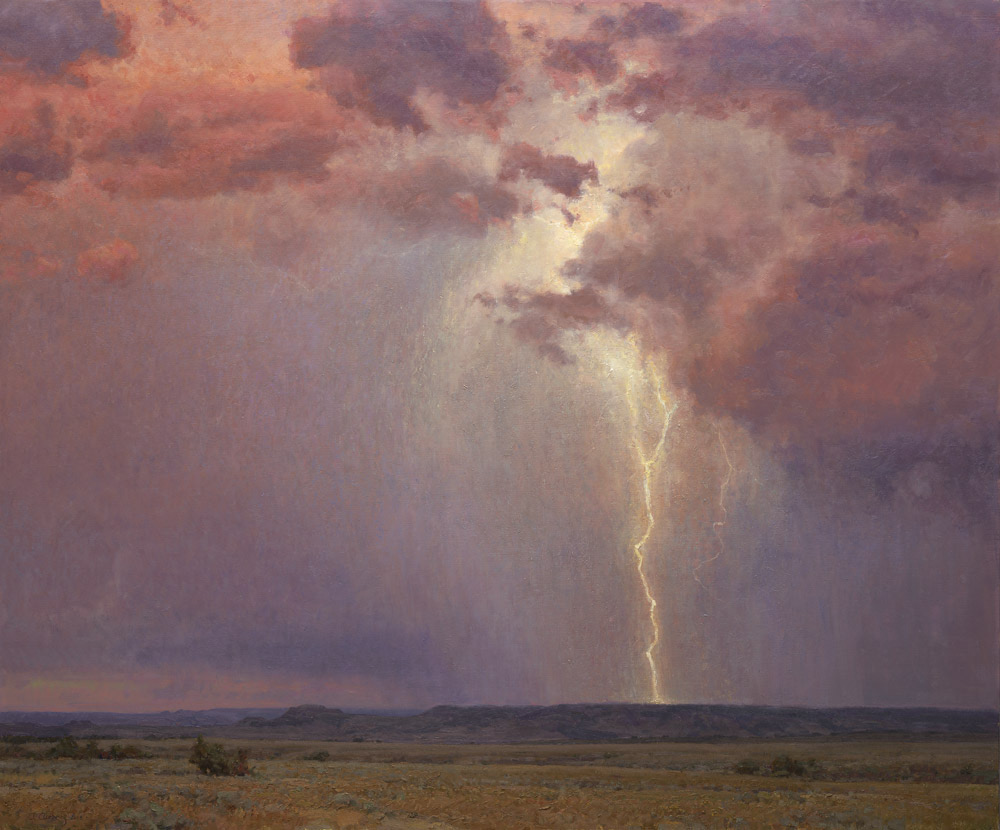
Starting from this “musical perspective” he punctuates what he calls “sounds-scapes” in the brushstrokes, with which he captures the “vibrations” of the landscape. “There are many parallels between art and music because everything you can hear in nature is transferable to the way we paint,” declares the artist.
This is a parallelism that, when put into practice, it enables problem solving related to everyday life as well.
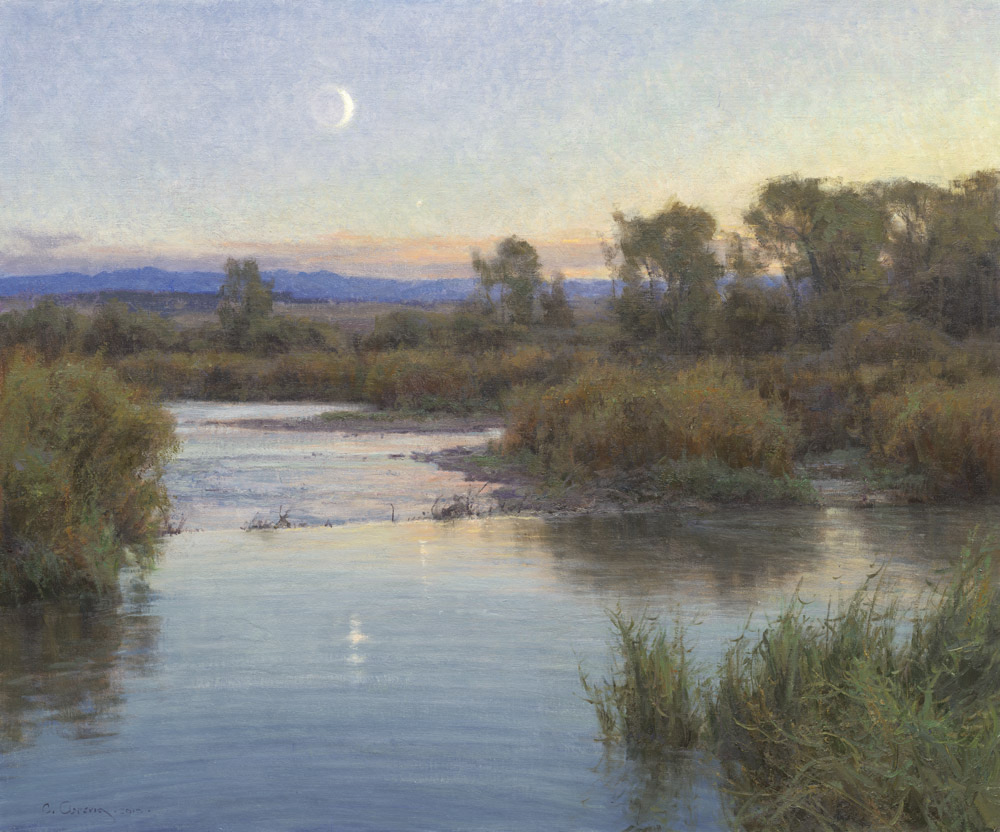
This approach makes it possible to overcome the idea that the realist painter is one who limits himself to the mere representation of reality. Aspevig is called to go beyond the canonical representation of reality by elevating the pictorial representation to a higher level, made up of an intimate understanding of connections, in which the choice of colors is nothing more than his reflection of the self and his inner struggles, his ideas and his relationship with others and with the universe to which he totally surrenders himself.
Referring to the German term “umwelt,” Aspevig states that to access this higher level of reading it is necessary to understand that nature is composed of an infinity of organisms that, because of their complexity, do not need to be understood, but rather they have to be known and accepted for who they are.
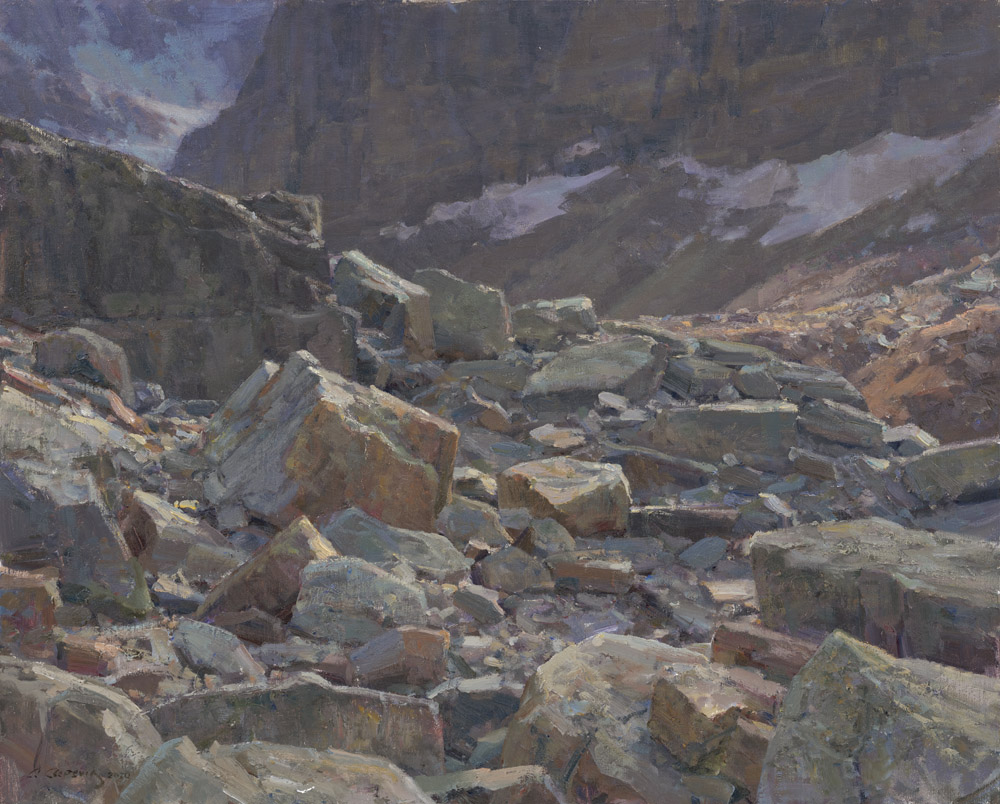
Through knowledge and acceptance it is then possible to bring into play one of the first senses of human experience that allows us to look deeper into the subject to be represented: empathy.
“It is only through empathy that the human being best understands and expresses the subject to be represented as much in pictorial art as in music,” Aspevig said.
With this premise, Aspevig defines his personal idea of art, which is the ability to push beyond our own limits in search of the sometimes incomprehensible, or at least not immediate connections, that live between the various elements of nature and that are subsequently transferred to the canvas with naturalness and abandon.
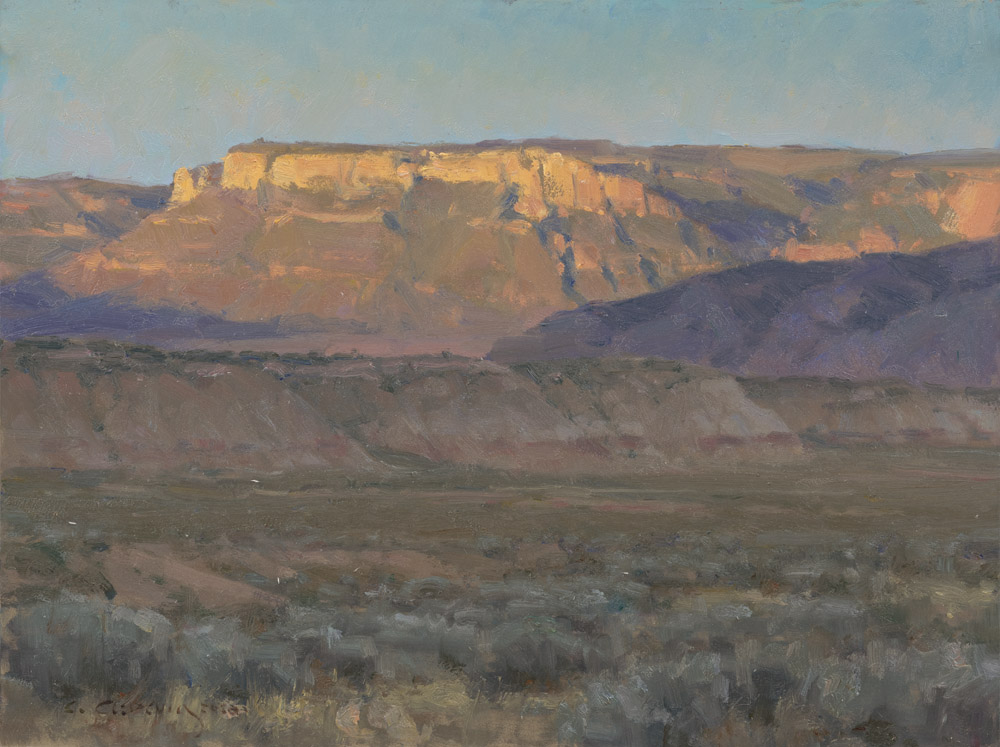
To facilitate this task of elevation to a higher dimension, it is necessary to approach the reading of nature with different perspectives that allow us to grasp all its deep meanings and that go beyond what Aspevig calls the “tools,” that is, the set of skills and tools that an artist possesses.
In addition to the experimentation that Aspevig has carried out in several of the most disparate fields, such as design and mechanics, he affirms the importance of reading books, which he considers pure sources of creative imagination. His books include narratives, but mainly technical ones about science, geology, or the study of the pentagram: “Only by studying in depth the technical aspects of reality you are able to include active thinking into painting,” he said. Aspevig succeeds in this way to “truthfully” represent the texture, the edges, and magical atmosphere that hovers in his paintings and that are able to project the viewer into the painted landscape.
While Aspevig’s approach to painting helps to understand the mechanisms that regulate the elements of nature, it inevitably triggers him into a set of questions that need to be explored. “It’s a very complex question, but it’s also very stimulating because thinking in broader terms, and exploring the depth of concepts allows one to refine ideas,” he said.
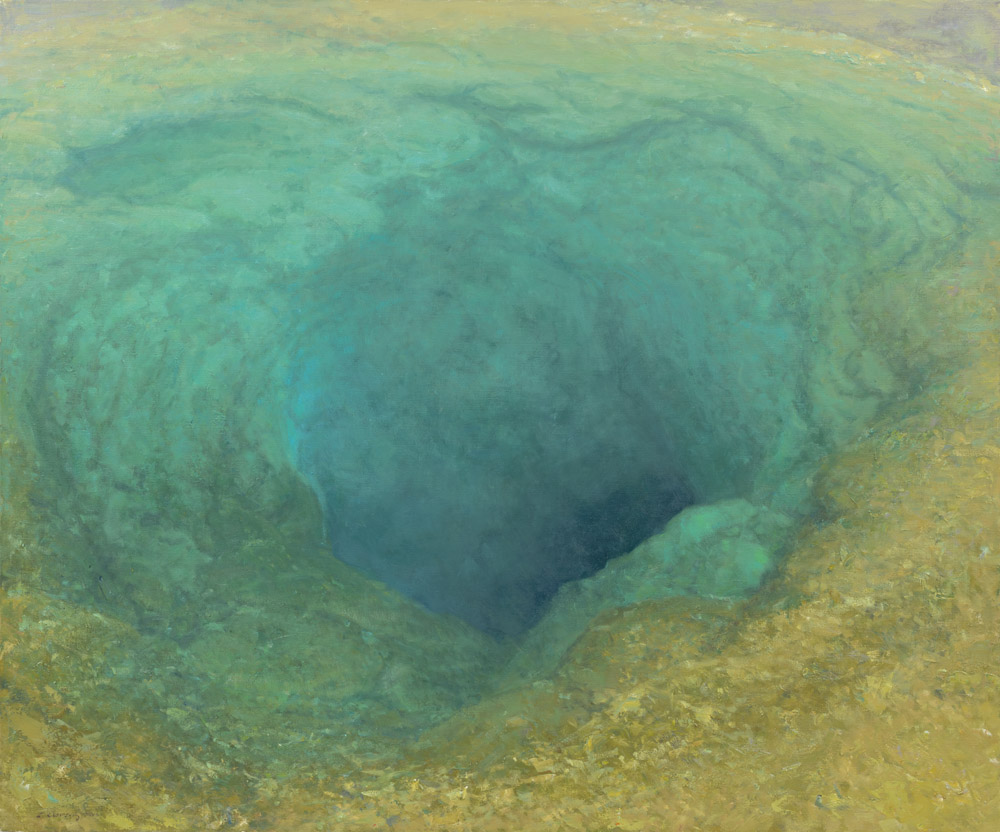
Born and raised among the wild landscapes of Montana helped build his intimate view of nature. Apsevig argues that the crux point of landscape painting does not depend on where you are or where you are going but rather on the connection you are able to make with it. Only by thinking in these terms will it always be possible to marvel at the magnificence of nature, to find intrinsic beauty even in a desolate heath, and to depict a landscape in a completely subjective, unique, and unrepeatable way.
“Approaching it in this way will not only help us restore the concept of respect and love for the cosmos, of which we are an integral part, but it will also enable man to reconnect with it, insulating him from the frenetic noise to which society has accustomed him,” he said.
Clyde Aspevig will be among the faculty members of Realism Live, November 10-12, 2022, which focuses on how to teach contemporary realism for artists. Be inspired by his powerful reflections and unique way of approaching nature.
Visit EricRhoads.com (Publisher of Realism Today) to learn about opportunities for artists and art collectors, including: Art Retreats – International Art Trips – Art Conventions – Contemporary Realism Art Workshops (in person and online, including Realism Live) – Contemporary Realism how-to videos – And More!





What is original and or meaning of unwelp?
Great question! We looked into this further and found that the term is “umwelt” (in ethology; the world as it is experienced by a particular organism). Thank you for checking!
Comments are closed.